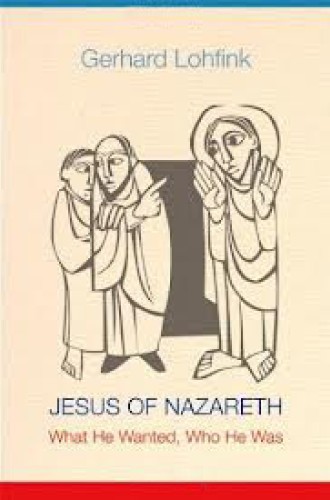What Jesus knew
Gerhard Lohfink clearly loves Jesus, and his book demands readers who share that love. Because the readers love Jesus, they want to know more about him, and collecting facts takes them only so far. They want to understand Jesus, to appreciate in a fundamental way how Jesus perceived his world and to glimpse Jesus’ vision for the reign of God. In the three weeks I’ve had this book, I’ve recommended it to three such readers.
Lohfink introduces a Jesus who proclaims the reign of God—God’s decisive irruption into human affairs. More important, Jesus bears the very presence of God in his own person. Grounded in Israel’s scriptures and heritage, Jesus gathers disciples and builds community; he demonstrates God’s reign through prophetic actions and healing works; and by telling vivid parables, he prepares people to imagine what God is doing. Israel’s God always begins with particular people and particular places. Jesus calls Israel to enter into God’s reign, resisting evil but rejecting violence. He invites people into a joyful, unconditional embrace of God’s reign in their lives and in their society.
Nothing controversial so far. Interpreters of the parables may object that Lohfink understates the parables’ potential to disorient their audiences. Some will not share his principled belief that divine activity contributed to Jesus’ miracles. Apart from his claim that Jesus would have learned important parts of scripture in his youth, Lohfink has little to say about Jesus’ origins or childhood. Just the same, many interpreters emphasize Jesus’ Jewish identity and attend to the practices of teaching, community building and restoration that mark his ministry.





